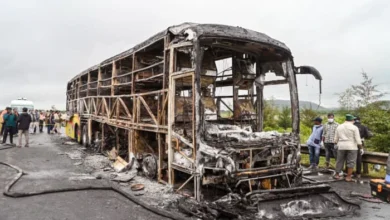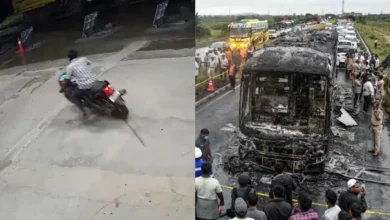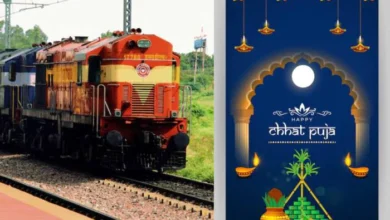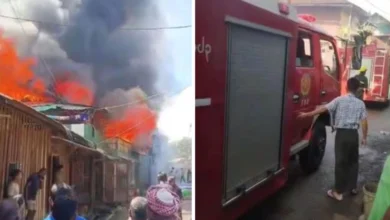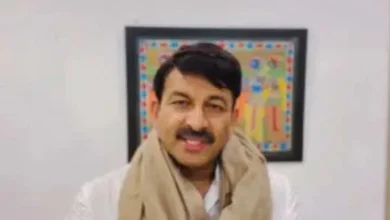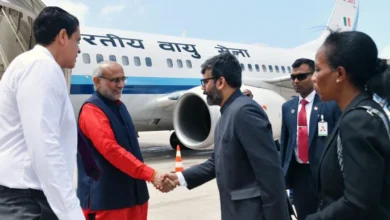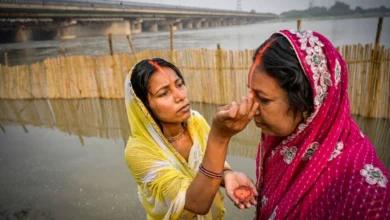The Budget Process: From speech to debate, passage, and execution
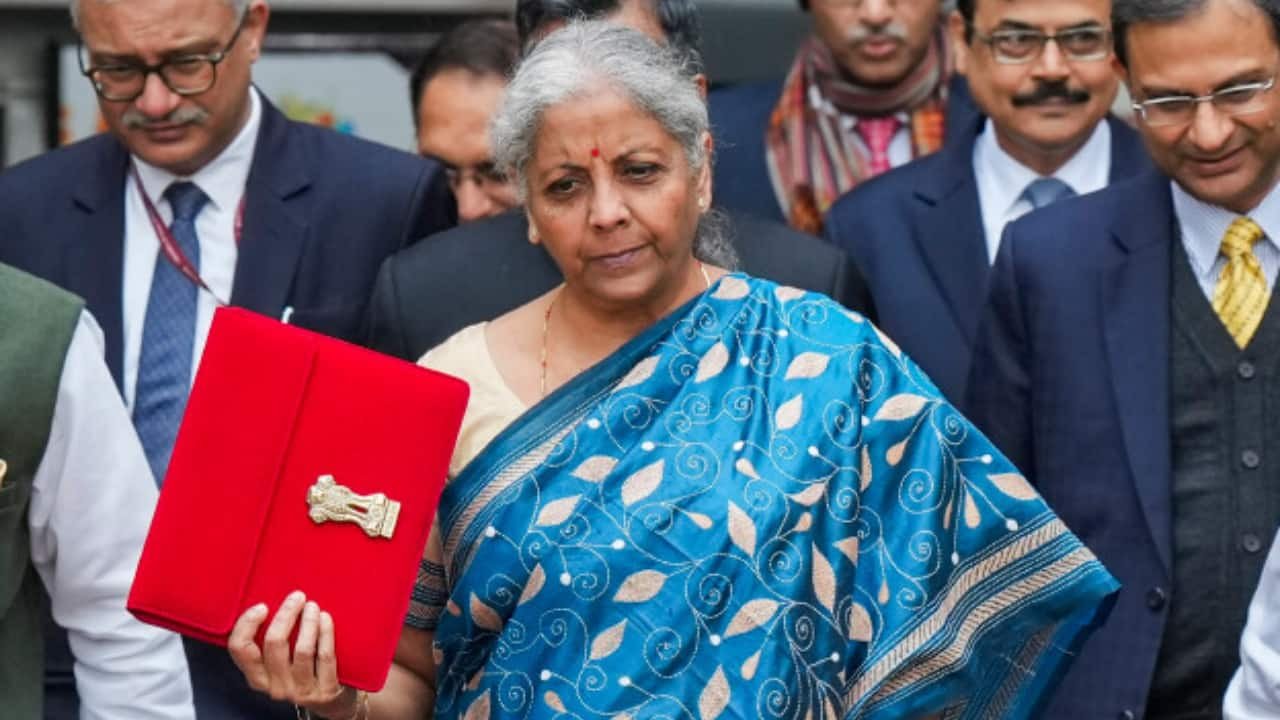
The Budget Process: From speech to debate, passage, and execution
The Union Budget is the government’s annual financial blueprint, detailing how it plans to earn revenue and allocate funds for the upcoming financial year.However, the Budget is not finalised upon presentation; it’s a proposal that undergoes several steps before being approved. Here’s an explainer of the process from start to finish:
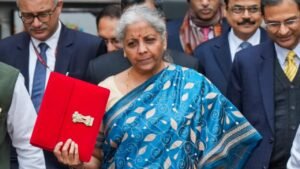
1. The Budget Session
The Budget process begins with the Budget Session of Parliament, usually held in two parts:
Part 1: The presentation of the Budget and general discussion.
Part 2: Detailed examination and passage of the Budget-related bills.
The session typically starts with the President’s Address to a joint sitting of both Houses of Parliament, outlining the government’s priorities for the year.
2. The Budget Speech
The Finance Minister presents the Budget in the Lok Sabha (the lower house of Parliament), delivering the Budget Speech. This is a high-profile event where key proposals, priorities, and allocations are announced.
The speech is divided into two parts:The Budget Process
Part A: Focuses on the broader economic outlook and policy priorities.
Part B: Details tax proposals, including changes in direct and indirect taxes.
Important to Note:
The Budget is not a final document. It is a proposal by the government, requiring approval from Parliament before implementation.
Announcements made during the speech often set the tone for policy priorities, but implementation depends on legislative approval.
3. Key Budget Documents
The Budget comprises several documents that provide a detailed picture of the government’s finances. Some of the key ones include:
Annual Financial Statement (AFS): The primary Budget document outlining estimated receipts and expenditure for the financial year, divided into the Revenue Account and Capital Account.
Demand for Grants: A statement of estimated expenditure by each ministry or department, requiring Parliamentary approval.
Finance Bill: Contains proposed changes to tax laws and other financial regulations.
Appropriation Bill: Seeks Parliamentary approval for withdrawing funds from the Consolidated Fund of India to meet government expenses.
Expenditure Budget: Breaks down spending into revenue and capital categories for better clarity.
Receipts Budget: Details sources of government revenue, including taxes and non-tax receipts.

4. Parliamentary Discussion and Scrutiny
Once the Budget is presented, it undergoes a rigorous scrutiny process:
General Discussion:MPs debate the overall Budget proposals, focusing on key policies and allocations.
This discussion takes place in both Houses but does not involve voting.
Departmental Committees:The Budget is referred to Standing Committees for a detailed examination of allocations for each ministry.The Budget Process
These committees provide recommendations to ensure transparency and efficiency in spending.
5. Passing the Budget
The Budget proposals are finalised through the following legislative steps:
1. Appropriation Bill:
After detailed discussions, the government introduces the Appropriation Bill in the Lok Sabha.
This Bill authorises the government to withdraw funds from the Consolidated Fund of India to meet its expenditure.
The Bill must be passed by both Houses and receive the President’s assent before becoming law.
2. Finance Bill:
The Finance Bill is introduced alongside the Budget to enact proposed tax changes.
This Bill includes amendments to income tax, customs duties, GST laws, and other financial regulations.
It must be passed by Parliament and receive Presidential approval to take effect.
6. Implementation
Once both the Appropriation Bill and Finance Bill are passed, the Budget proposals become law. The government can then:
Spend funds as per the approved allocations.
Implement tax changes and other financial measures.
Begin executing schemes and policies announced in the Budget.

7. Key Highlights of the Process
Time-bound: The entire Budget process is conducted within strict timelines to ensure financial continuity for the government.The Budget Process
Checks and Balances: The involvement of Parliament and committees ensures transparency and accountability.
BREAKING NEWS: 5 killed, 40 injured in stage collapse at Jain religious event in UP’s Baghpat

